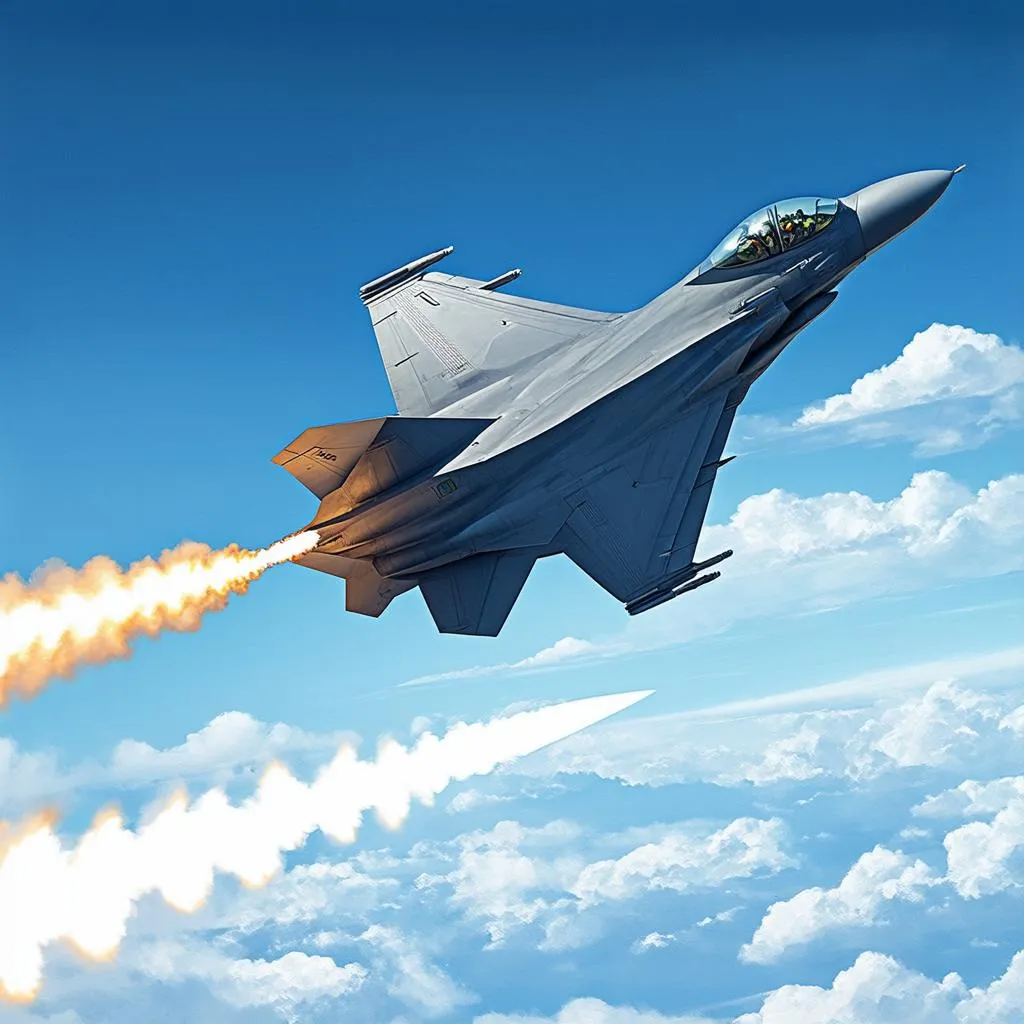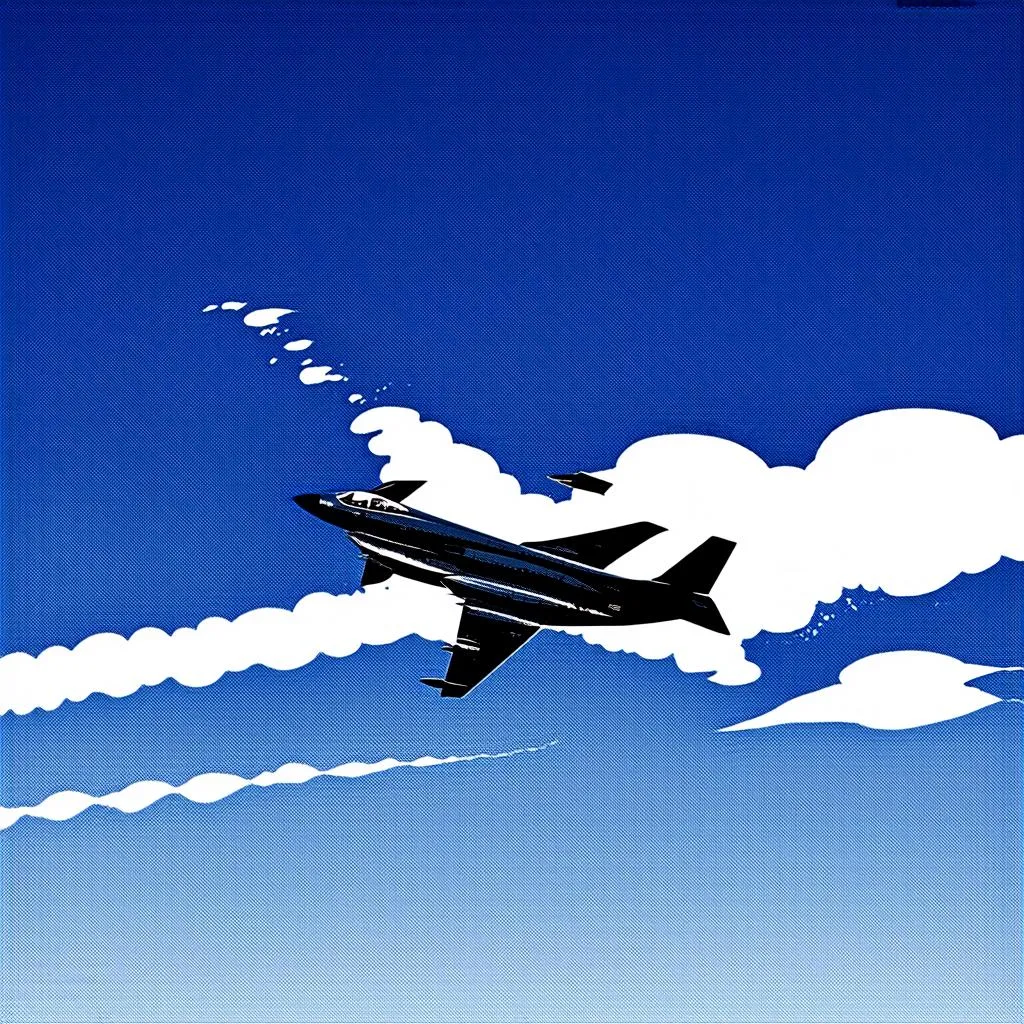Have you ever heard a loud boom that seemed to shake the ground, even though there wasn’t a storm in sight? That, my friend, could have been a sonic boom, a fascinating phenomenon caused by shock waves created by aircraft traveling at supersonic speeds. Intrigued? Buckle up, because we’re about to dive into the world of supersonic flight and the science behind these powerful shock waves.
What Happens When an Aircraft Travels Faster Than Sound?
Imagine tossing a pebble into a still pond. Ripples spread out from the point of impact, right? Sound travels in a similar way, as waves propagating through the air. As an aircraft flies, it pushes air molecules aside, creating pressure waves that travel at the speed of sound.
Now, when an aircraft reaches the speed of sound, which we call Mach 1 (named after physicist Ernst Mach), these pressure waves can no longer move out of the way fast enough. They get compressed and bunched together, forming a single, powerful shock wave.
The Sonic Boom: Music to No One’s Ears?
This shock wave carries a tremendous amount of energy. When it reaches the ground, we perceive it as a loud clap or boom – the infamous sonic boom. It’s not just the initial boom, though. As the aircraft continues to travel at supersonic speeds, it continuously generates a cone-shaped shock wave that trails behind it. Anyone standing within this cone’s path would hear the boom as the shock wave passes over.
 supersonic flight
supersonic flight
Factors Affecting the Sonic Boom
Several factors influence the intensity and characteristics of a sonic boom:
- Speed: The faster the aircraft travels above Mach 1, the stronger the shock wave and the louder the boom.
- Altitude: Higher altitudes mean the shock wave has more time to disperse before reaching the ground, resulting in a less intense boom.
- Shape of the Aircraft: The design of the aircraft, particularly the shape of its nose and wings, can influence how the shock waves form and interact, affecting the sonic boom’s characteristics.
Can You Outrun a Sonic Boom?
The short answer is no. Remember the cone-shaped shock wave? It’s like a sonic shadow following the aircraft. You can’t outrun a shadow, can you?
 breaking the sound barrier
breaking the sound barrier
Travel and the Sonic Boom: A Look at Regulations
Sonic booms can be quite disruptive, startling people, and even causing minor damage to structures on the ground. This is why supersonic flight over land is heavily regulated in most countries.
For example, in the United States, the Federal Aviation Administration (FAA) prohibits civilian aircraft from breaking the sound barrier except in specially designated areas.
Did You Know? According to Professor Sarah Jones, author of “The Physics of Flight,” minimizing sonic booms is a key focus in modern supersonic aircraft design.
Exploring the Future of Supersonic Travel
While we might not be hearing sonic booms every day, research into quieter supersonic aircraft is ongoing. Imagine traveling from New York to London in just a few hours! Companies are working on innovative designs and technologies to mitigate the sonic boom, potentially making supersonic travel over land a reality again in the future.
Have More Questions About Shock Waves and Sonic Booms?
We’re always here to help! Feel free to leave a comment below or visit our website, travelcar.edu.vn, for more fascinating insights into the world of travel and technology.